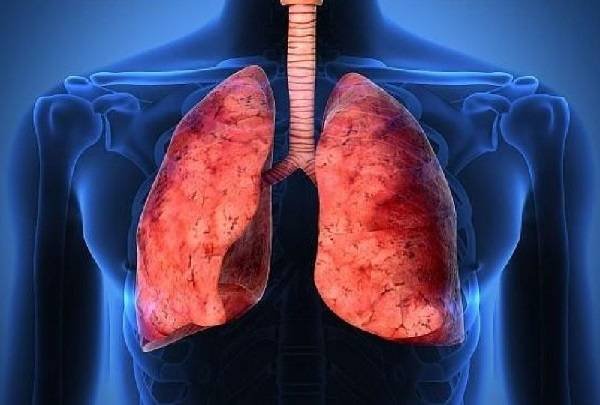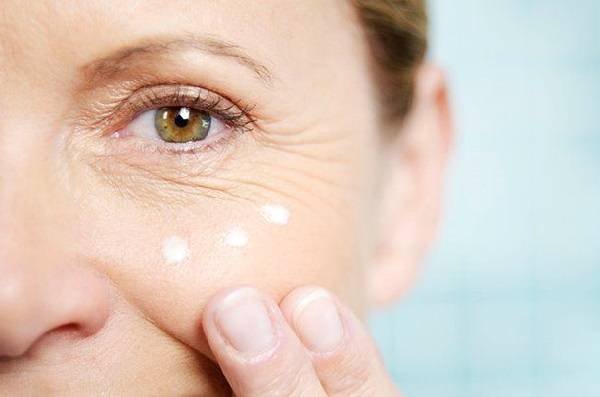Halotherapy orsalt therapyis?
Salt therapy, or halotherapy, is a salt-based treatment method that can relieve several conditions and diseases. Salt has antibacterial and anti-inflammatory properties and can help loosen mucus and phlegm. Salt also produces negative ions, which can treat many ailments, such as respiratory problems,hay feverand skin irritations. The negative ions from salt help reducestress, fatigue,depressionandheadacheshelp. This method is an effective alternative for respiratory diseases like asthma andbronchitisMany people believe that salt therapy can also treat skin and even mental health issues; in this section on health and wellnessSelMagzwe will discuss the details and applications of salt therapy.

Common Methods of Salt Therapy or Halotherapy
Halotherapy is usually divided into wet and dry methods, depending on how salt is used.
Wet methods
In this method, halotherapy uses a mixture of salt and water. Wet salt therapy methods include drinking saltwater, gargling with saltwater, bathing in saltwater, using saltwater for nasal rinsing, and using saltwater-filled float tanks.salt waterIn cases with severe symptoms, both dry and wet methods can be used.
Dry methods
In this treatment, a device called a halogenerator crushes salt into microscopic particles and releases them into the air of the room. This halotherapy usually takes place in an artificial “salt cave” that has no humidity and a temperature of 20 degrees Celsius or lower. After inhalation, the salt particles stimulate allergens and toxins from the respiratory system, breaking up mucus and reducing inflammation, thereby clearing the person’s airways. Treatment sessions in this method usually last about 30 to 45 minutes. Salt promotes the production of negative ions, which encourages the body to release more serotonin, leading to a better mood.

Applications and Benefits of Salt Therapy
Halotherapy is generally effective for improving the following conditions:
- Relief of certain skin conditions such as psoriasis, eczema, and acne
- Relief from symptoms related to smoking, likecough,shortness of breath, wheezing
- fever and cough
- Cystic fibrosis
- viral infections
- treatment of depression andanxiety
- experiential ear conditions, problems with the nose and throat.
- Newborns can also benefit from salt therapy.
Treatment of respiratory diseases with salt therapy
Why is salt therapy used to improve breathing?
As you know, having healthy lungs is essential for energy and longevity. An average adult breathes about 12-15 times per minute, while children breathe 20-30 times. The main function of the lungs is to deliver oxygen to red blood cells and expel carbon dioxide from the body.
Additionally, the respiratory system filters air from pollutants and foreign materials. This system acts as a crucial defense mechanism, regulating blood carbon dioxide levels and helping to controlblood pressurethe health of the body.
Every day, many people are exposed to pollutants, airborne transmissible diseases, bacteria, allergens,and other irritants. Using salt therapy can help cleanse and detoxify the lungs while supporting the body by enhancing lung capacity and oxygen intake.What respiratory diseases is dry salt effective against?

By regularly using dry salt therapy, various respiratory diseases can be treated, such as:
asthma
- allergies
- bronchitis
- chronic obstructive pulmonary disease
- Cystic fibrosis
- sinusitis
- ear infections
- smoker’s cough
- colds
- How does dry salt improve the respiratory system?

Scientific research has shown that inhaling salt particles, due to their antibacterial, mucolytic, and anti-inflammatory properties, helps reduce respiratory inflammation and improve airways. Also, dry salt particles are known to speed up the transportation of mucus and external allergens.
Dry salt, with its high absorption capacity, acts like a sponge, absorbing all foreign substances in the respiratory tract. Dry salt can cleanse all foreign elements that cause various respiratory diseases from the respiratory system. A clean respiratory system naturally leads to increased oxygen intake, increased energy, and improved immune system health.
Treatment of skin and hair diseases with salt therapy
Better performance of skin and hair
The skin, like the respiratory system, is a very sensitive body part that plays a central role in protecting and defending the body against bacteria, viruses, and other microbes. The skin has sensory receptors that detect pain and pressure while regulating sweat levels to expel waste, control temperature, and prevent
dehydrationeffectively.Which skin diseases are effectively treated with salt therapy?

Regular and consistent salt therapy helps treat various skin diseases, such as:
psoriasis
- itching
- eczema
- swelling and inflammation
- dermatitis
- dry and flaky skin
- acne
- rashes
- rosacea
- skin aging
- Why is salt therapy used for skin?

The beauty and appearance of the skin have a deep psychological and emotional impact on how we feel about ourselves. The skin is the first organ to visibly reflect the passage of time and life, which is why salt therapy is an excellent solution for overall skin improvement.
Scientific studies show that fine salt particles have a beneficial effect on the stratum corneum (the skin’s protective layer), hair, and healing properties, thus activating the ion channels in skin cells that provide skin protection. Salt maintains the skin’s natural pH and promotes dermal repair and regeneration, in addition to improving blood circulation, which enhances skin beauty and firmness.
Number of Halotherapy and Salt Therapy Sessions
The number of salt therapy sessions depends on the condition being treated. For respiratory problems and skin issues, undergoing 12-20 sessions of salt therapy can be quite effective. For ear infections, colds, and flu symptoms, halotherapy typically requires 2 to 8 sessions.
Sessions should be conducted twice a week for 45 minutes each to ensure maximum effectiveness. You can wear any clothing you like during your sessions and don’t need to worry about contracting any infections while using the salt therapy room.When should salt therapy not be used?Halotherapy is generally safe for most people. Some individuals report headaches during halotherapy. Halotherapy is a complementary treatment method that is preferably done alongside other treatment processes but is not a substitute for medication.
Salt therapy is not recommended for individuals with contagious diseases, fever, open wounds, cancer, severe hypertension, mental disorders, and tuberculosis. Pregnant women should also consult a doctor before undergoing salt therapy.

Halotherapy
What is salt therapy
The method of salt therapy







